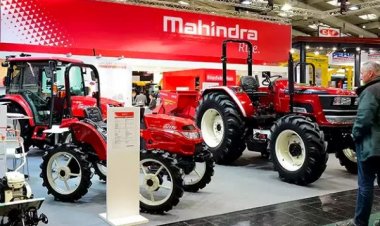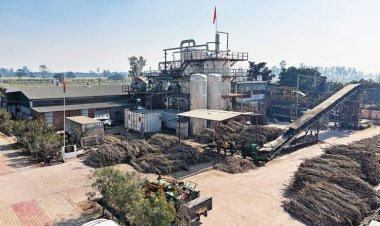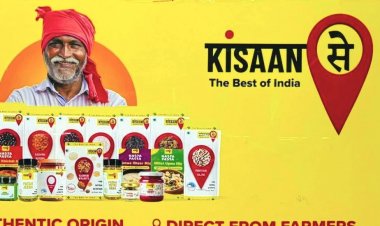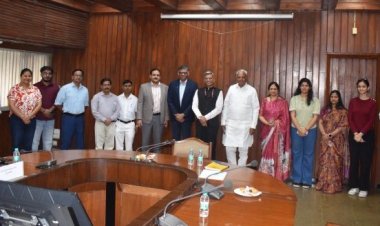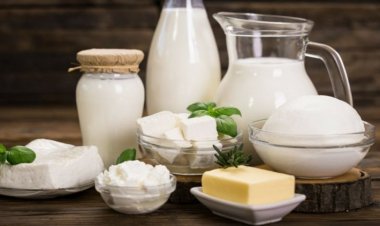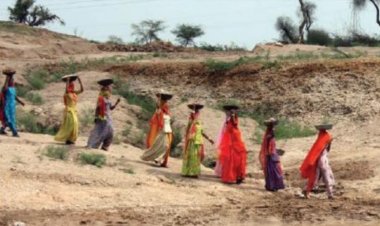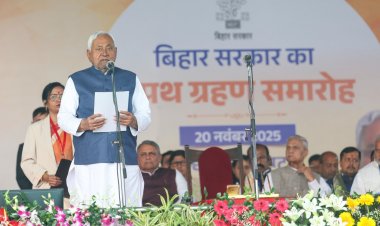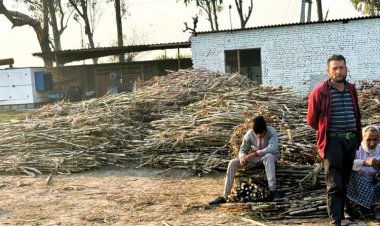The prices of Di-Ammonium Phosphate (DAP) and Urea have continued to show a steady downward trend in the international market. The price of DAP in the global market has dropped to $553 a tonne from $640 a tonne in February. An Indian private sector company has recently signed a deal with a Saudi Arabian company at the new price.
At the same time, the price of urea has come down to $315 to $325 per tonne (CFR).
About a year and a half ago, the price of DAP had crossed $1,000 per tonne, while that of urea had touched $900.
According to industry sources, the major reason for the fall in prices is increase in the availability of fertilisers in the global market as well as China's entry into the export market in a big way.
India imports about 100 lakh tonnes of urea annually, though in the last financial year, about 60 lakh tonnes of DAP was imported. The consumption of DAP in the country is around 100 lakh tonnes.
The production of DAP has been around 40 lakh tonnes in the last financial year. Most of the raw materials for its production are imported. The price of phosphoric acid, the raw material for DAP, has come down to $1,050 per tonne, compared to $1,475 per tonne a few months ago.
Industry sources told Rural Voice that the prices of Muriate of Potash (MOP) have also come down and currently it is priced at $422 per tonne for India. Recently, a big fertiliser cooperative organisation of the country has made deals for two shipments of 30,000 tonnes at this price. These deals have been done with Russian company Ural Kali and a German company.
Earlier, the price of MOP was running at $590 per tonne. On the other hand, the price of ammonia gas used in urea production was being quoted at $375 on April 13, while the price of ammonia reached $1,200 per tonne.
The government is benefiting in the form of subsidy savings from this steep fall in fertiliser prices. The producers are free to fix the price of non-urea decontrolled fertilisers. The price of urea is fixed by the government. The difference between the cost of production or the imported price and the price paid to the farmers is paid as subsidy to the industry by the government.
For decontrolled fertilisers, the government provides subsidy under the Nutrient Based Subsidy (NBS) scheme. Under this, subsidy is given per kg for N (Nitrogen), P (Phosphorus), K (Potash) and S (Sulphur).
As far as the prices of decontrolled fertiliser are concerned, the price of the best-selling complex fertiliser DAP was increased by Rs 150 to Rs 1,350 per bag (50 kg) few month back.
Prior to that, the price of DAP was Rs. 1,200 per bag for a long time. Due to this, most of the decontrolled fertilisers became costlier than DAP. As a result, the consumption of DAP increased very fast and there was a decline in the sale of complex fertilisers and MOP.
However, at present the price of Complex Fertilizer 20:20:0:13 has come down to Rs.1,200 per bag. The government increased the subsidy on nitrogen under NBS for the rabi season, while reducing the subsidy on other nutrients, despite the imbalance in the use of fertilisers.
Regarding the availability of fertilisers, industry sources say that the availability of all fertilisers is much better this time.
Significantly, in Rabi season of 2021, there was shortage of DAP. Availability difficulties continued in the following seasons as well.
The Russia-Ukraine war in February 2022 severely affected the availability of fertilisers in the global market and led to a sharp rise in prices, which forced the government to substantially increase fertiliser subsidies.
From December, 2022, the phase of decline in the prices of fertilisers started and due to this, in the last financial year (2022-23), the government saved fertiliser subsidy of about Rs. 25,000 crore.
A provision of fertiliser subsidy of Rs. 1,75,100 crore has been made in the budget of the current financial year (2023-24), while in the revised estimates of the last financial year, the government estimated Rs. 2.25 lakh crore as fertiliser subsidy.




 Join the RuralVoice whatsapp group
Join the RuralVoice whatsapp group



























